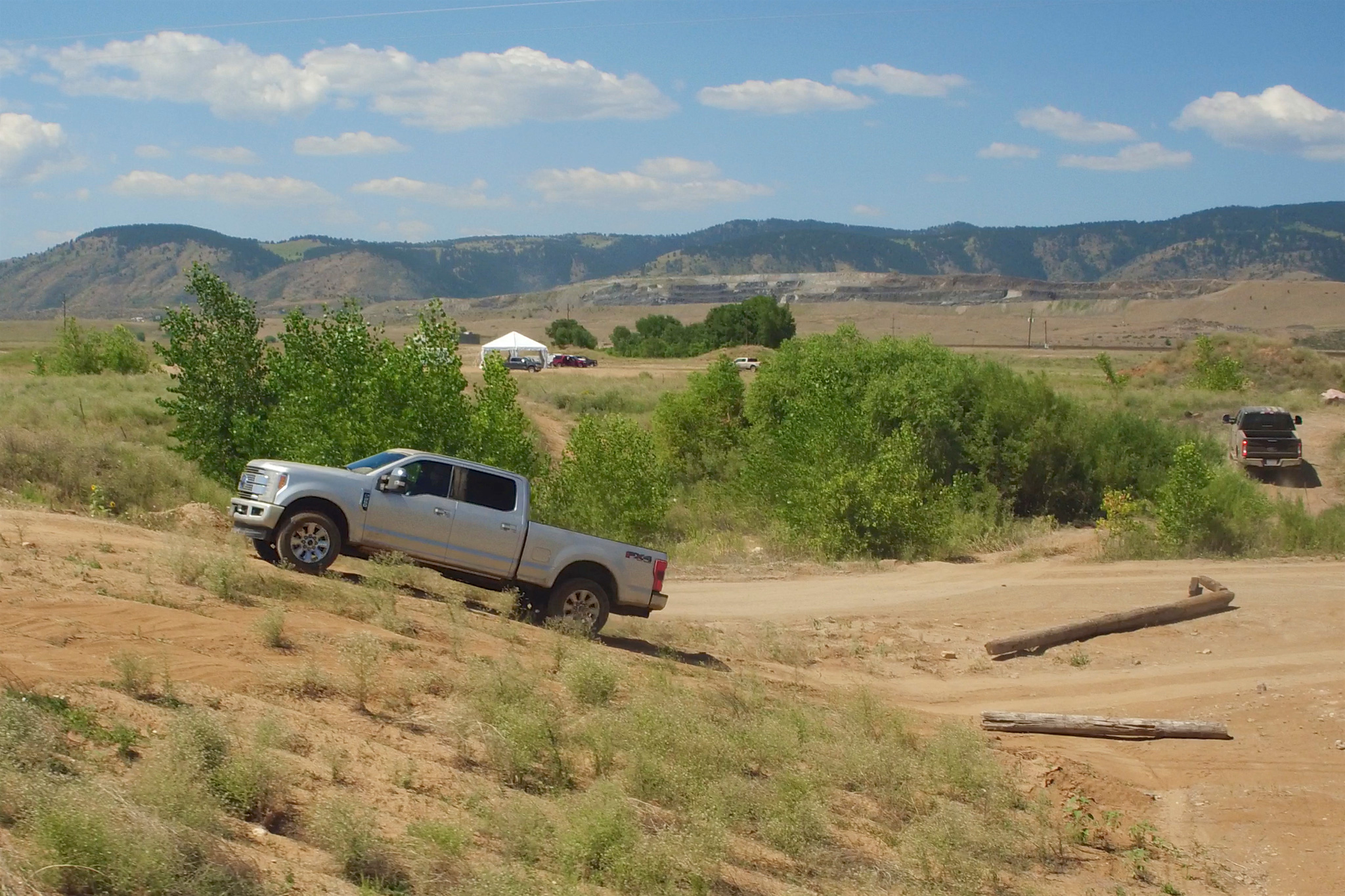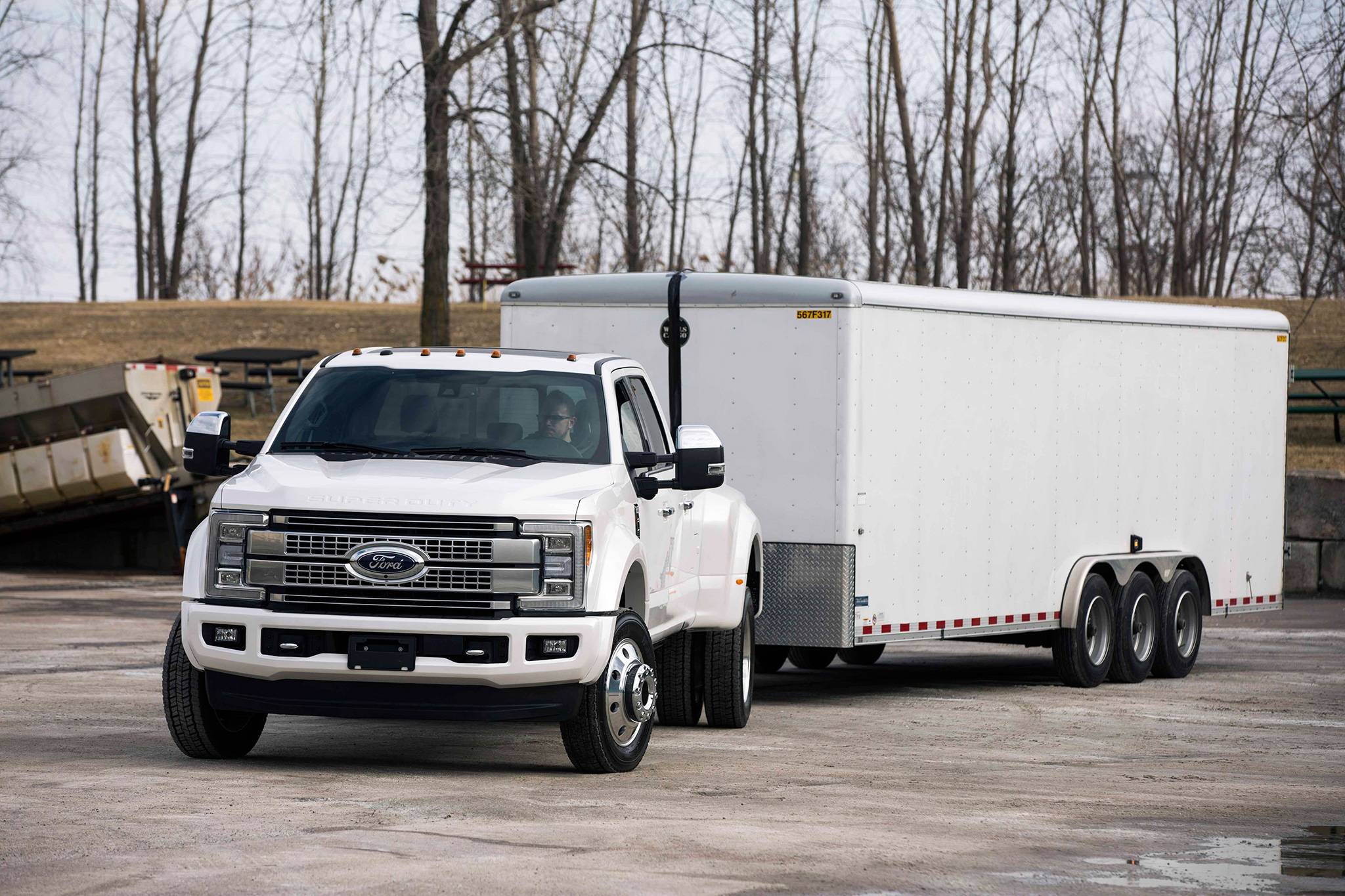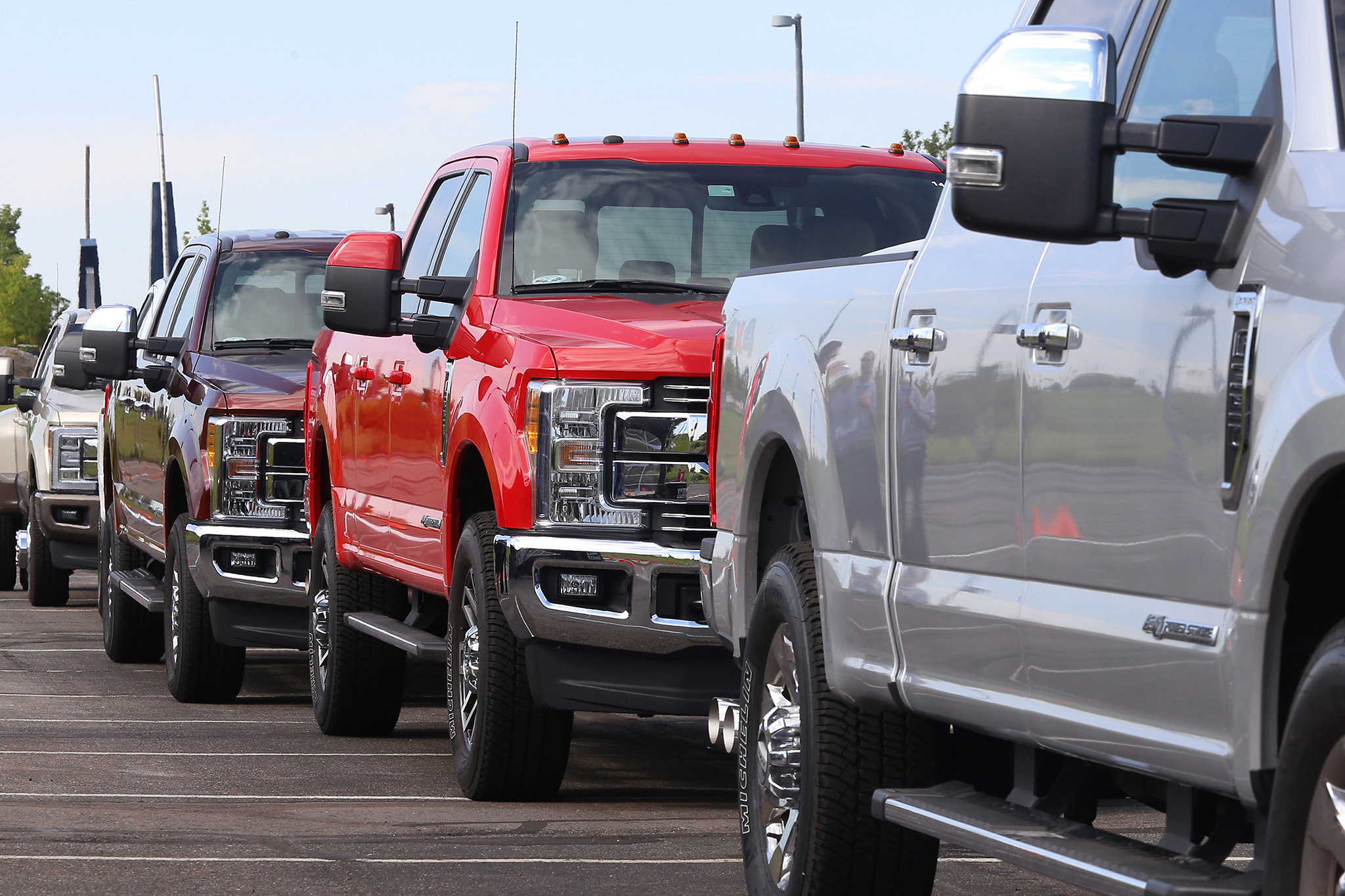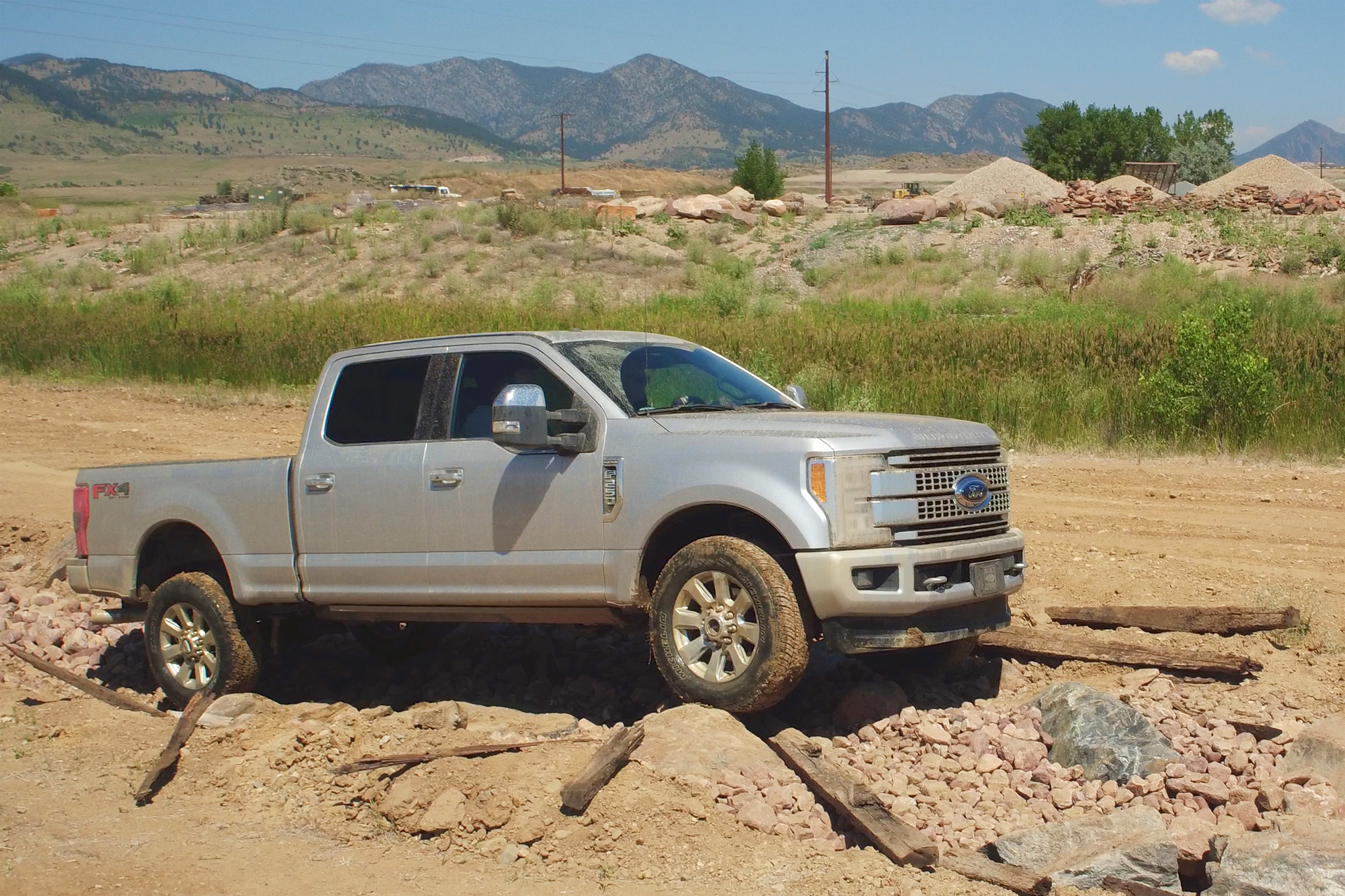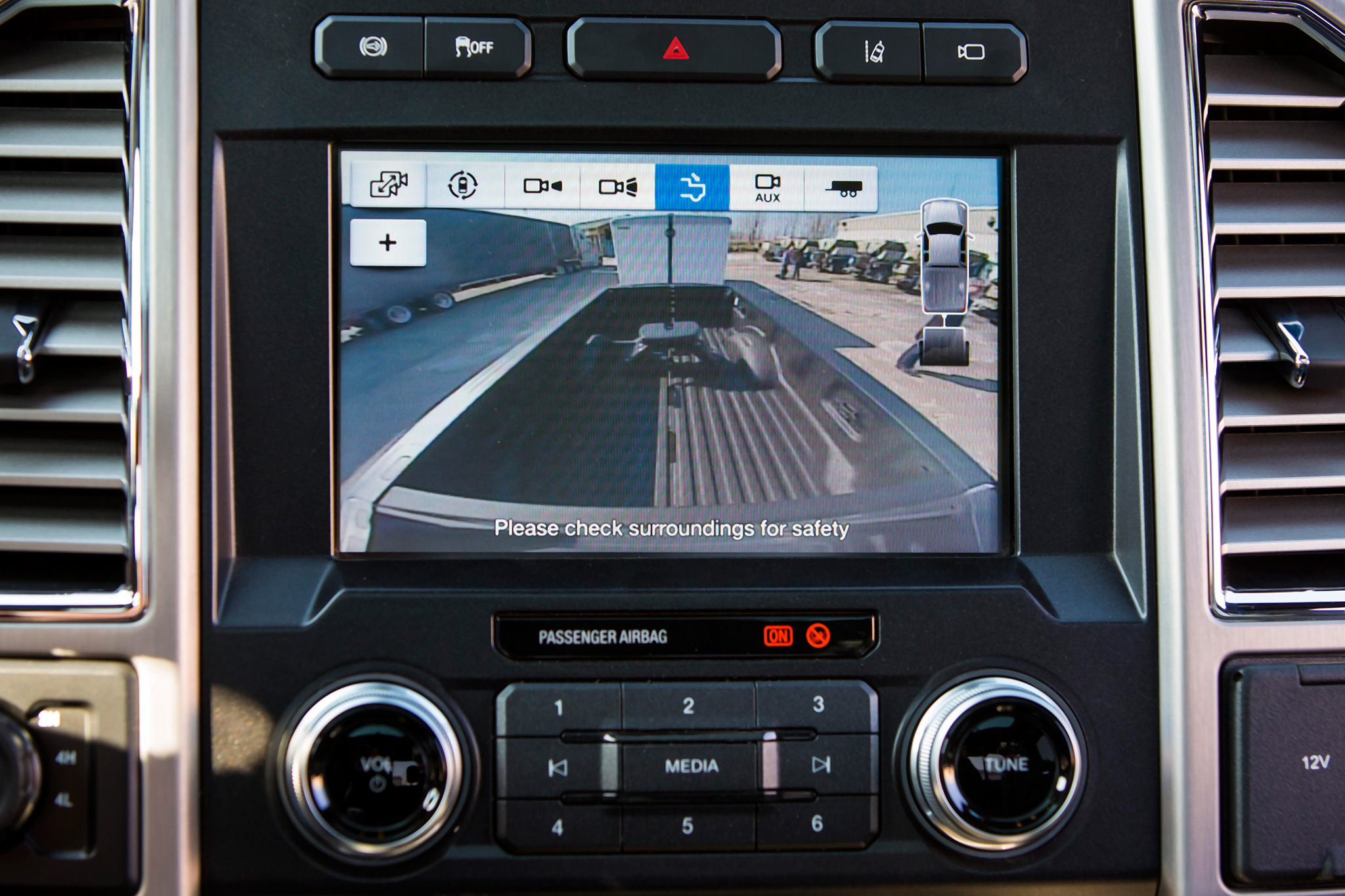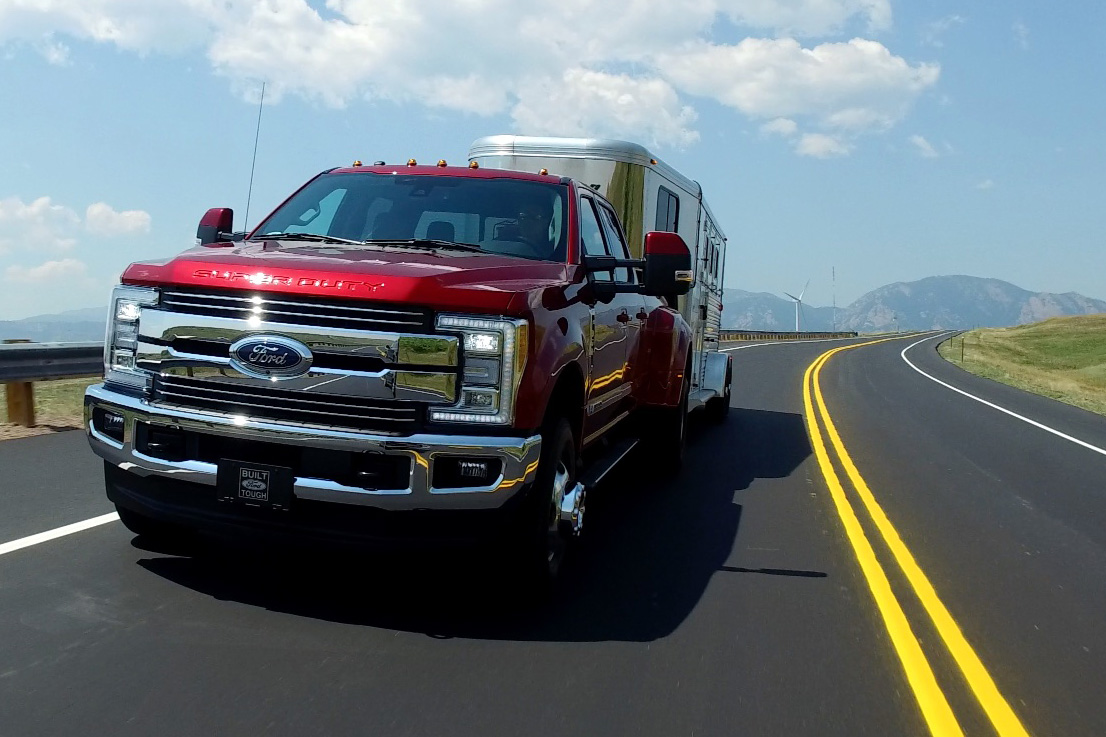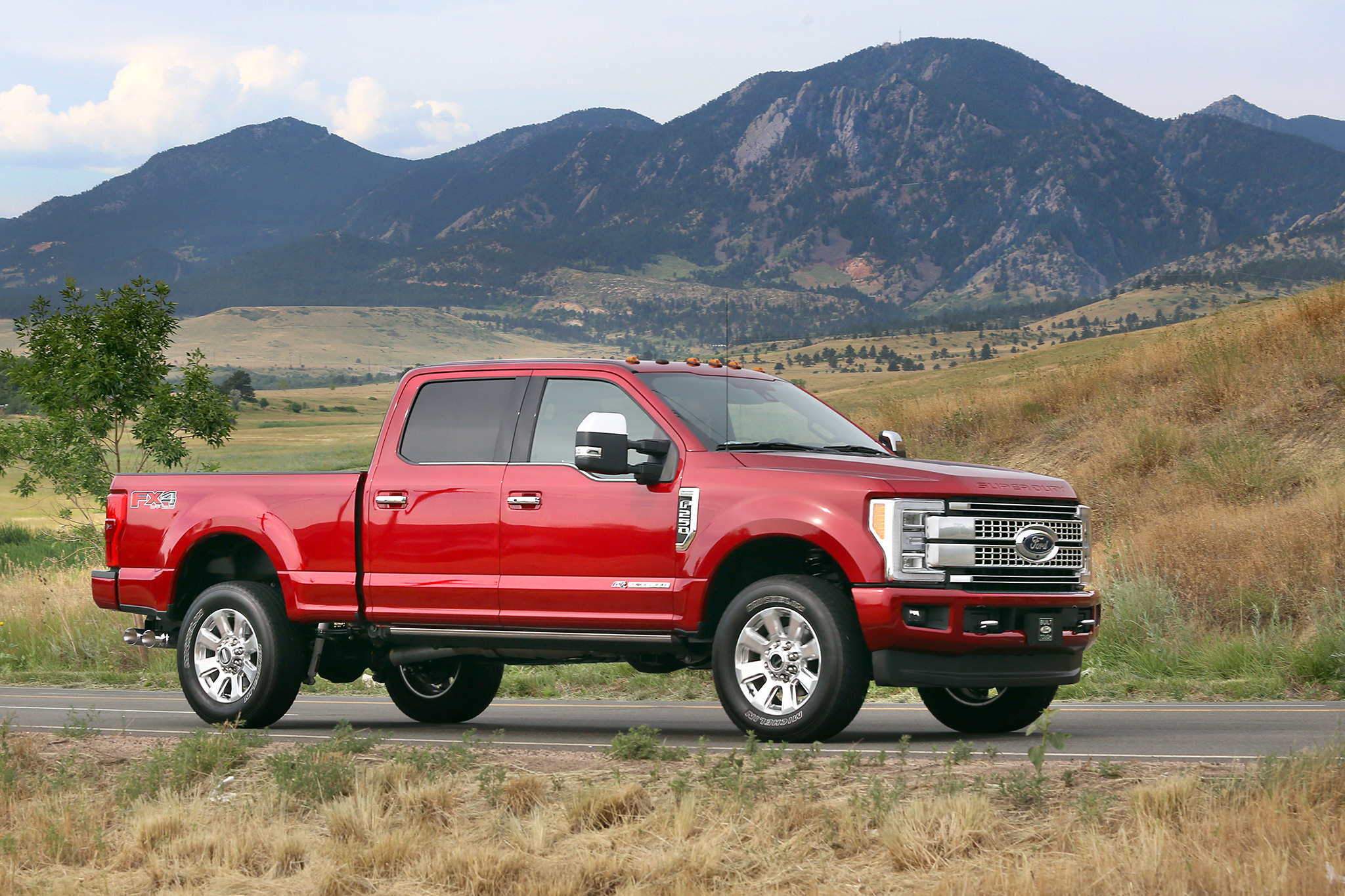Take a test-drive of the 2016 Ford C-Max Hybrid and you'll discover that its hybrid system is capable of delivering impressive fuel efficiency. It uses the same hybrid powertrain as the larger Ford Fusion Hybrid, a 2.0-liter four-cylinder engine coupled with an electric motor. It produces a total of 188 horsepower, making the C-Max one of the most energetic hybrids in its class, while still delivering combined city-highway fuel efficiency of up to 40 mpg. At the same time, the C-Max's European roots give it refined driving characteristics and a well-dressed interior that make it substantially more enjoyable to live with on a daily basis than most of its hybrid rivals.

Ford offers the 2016 C-Max Hybrid in two trim levels and with loads of features.
As for those rivals, the main one is the Toyota Prius. It remains the top-selling hybrid, and this year's model promises new looks and even greater fuel economy. There are also some excellent hybrid sedans in the market, including the Ford Fusion Hybrid, Hyundai Sonata Hybrid and Toyota Camry Hybrid, that will give you a more conventional take on daily transportation. But overall, the 2016 C-Max's responsive handling, smooth ride, sleek interior and long list of features continue to make it a standout in this niche-oriented segment.
Summary
Read Review Body Styles, Trim Levels, and Options
The 2016 Ford C-Max Hybrid is a five-passenger, four-door hatchback/wagon available in two trim levels: SE and SEL. A plug-in version, the C-Max Energi, is reviewed separately.The SE trim comes standard with 17-inch alloy wheels, automatic headlights, cruise control, dual-zone automatic climate control, a height-adjustable driver seat, a leather-wrapped tilt-and-telescoping steering wheel, a 60/40-split folding rear seat, the Sync voice command system, Bluetooth phone and audio connectivity, smartphone app integration (including Pandora Internet radio) and a six-speaker sound system with a CD player, an auxiliary audio jack and a USB interface.
Major options on the SE are bundled together in equipment groups 201A, 202A and 203A. Equipment group 201A adds rear parking sensors, a power liftgate and ambient interior lighting. The 202A group further adds satellite radio and the new Sync 3 touchscreen interface with an 8-inch touchscreen. The 203A combines both previously mentioned packages and adds a navigation system.
All of the above come standard on the SEL, with the exception of the power liftgate and navigation system. Additional perks of the SEL include foglights, automatic wipers, heated mirrors, keyless ignition and entry, an eight-way power driver seat (with power lumbar), leather upholstery, heated front seats and an auto-dimming rearview mirror.

The 188-horsepower Ford C-Max Hybrid uses a gas-electric powertrain to deliver impressive pep and fuel economy.
The SEL also has three main equipment group options: 301A, 302A and 303A. All get the navigation system and a nine-speaker Sony sound system with HD radio. The 302A further adds a rearview camera and an enhanced power liftgate that allows you to open it simply by swiping your foot under the bumper. Equipment group 303A includes all of the above, plus front parking sensors and an automatic parallel parking system.A Cold Weather package adds heated seats and mirrors to the SE. Options packages for both trim levels include Cargo Management (a cargo net and a soft, foldable cargo organizer) and Interior Protection (all-weather floor mats and cargo protector). Stand-alone options for both trim levels include a panoramic fixed glass roof, remote engine start and keyless touchpad door locks.
Read Review
Body Styles Powertrains and Performance
A 2.0-liter four-cylinder gasoline engine is paired with an electric motor powered by a lithium-ion battery pack. Combined, they send a total of 188 hp to the front wheels through a continuously variable transmission (CVT).In Edmunds performance testing, the C-Max Hybrid went from zero to 60 mph in 8.1 seconds. That's quicker than the 2016 Prius and its 9.8-second 0-60-mph sprint.
The Prius tops the C-Max for fuel economy, though. According to the EPA, you can expect 40 mpg combined (42 city/37 highway) in the C-Max compared to 52 mpg in the Prius.
Body Styles
Performance All 2016 C-Max Hybrids come standard with antilock disc brakes, traction and stability control, front side airbags, full-length side curtain airbags and a driver knee airbag. Also standard are 911 Assist, which when paired to your smartphone can automatically call for emergency services in case of airbag deployment, and MyKey, which allows owners to set certain speed and stereo volume parameters for valets or teen drivers. Rear parking sensors are optional on both trim levels, and the SEL model can be equipped with front parking sensors and a rearview camera.
In Edmunds brake testing, the C-Max Hybrid came to a stop from 60 mph in 134 feet, about 10 feet longer than average in its segment.
In government crash tests, the C-Max Hybrid received four out of five stars for overall protection, with four stars for overall frontal protection and five stars for overall side protection. The C-Max Hybrid received the best possible rating of "Good" in the Insurance Institute for Highway Safety's moderate-overlap frontal-offset, side-crash and roof-strength tests, as well as a "Good" rating for its seats and head restraints (whiplash protection). The C-Max Hybrid received the second-highest score of "Acceptable" in the IIHS's small-overlap frontal-offset test.

The C-Max Hybrid has more cargo capacity than a compact sedan or hatchback, but falls short of similarly priced wagons and SUVs. The rear-mounted battery pack is stored beneath the cargo floor, raising it close to a foot. It doesn't intrude on passenger space, though. Rear seat space and comfort are strong, with generous legroom and plenty of headroom for adults.
The trade-off is that there are only 24.5 cubic feet available behind the rear seats -- about the same as in a Focus hatchback. Lowering the rear seats, however, yields a useful 52.6 cubic feet of space. That's much better than a Focus, but still shy of the Prius V wagon or a typical small crossover SUV.
The C-Max's hybrid system is also worthy of praise. The ability to run in electric-only propulsion mode at relatively high speeds helps the C-Max Hybrid post its impressive fuel economy numbers. Acceleration is strong for a hybrid, and highway passing will feel similar to that of equivalent gasoline-powered wagons.
In Edmunds brake testing, the C-Max Hybrid came to a stop from 60 mph in 134 feet, about 10 feet longer than average in its segment.
In government crash tests, the C-Max Hybrid received four out of five stars for overall protection, with four stars for overall frontal protection and five stars for overall side protection. The C-Max Hybrid received the best possible rating of "Good" in the Insurance Institute for Highway Safety's moderate-overlap frontal-offset, side-crash and roof-strength tests, as well as a "Good" rating for its seats and head restraints (whiplash protection). The C-Max Hybrid received the second-highest score of "Acceptable" in the IIHS's small-overlap frontal-offset test.
Performance
Safety Interior Design and Special Features
The 2016 C-Max Hybrid's cabin will feel familiar if you've driven a Focus or Escape, which is a very good thing, as those cars all incorporate top-notch materials, solid construction and eye-catching design. The C-Max's supportive, high-mounted driver seat gives you a slightly more commanding view of the road than you'll get in most wagons and hatchbacks.
The 2016 C-Max Hybrid features a quality interior designed to put all gauges and controls within easy reach of the driver.
While the base model's radio controls are somewhat complicated to use, the new optional Sync 3 system should be a big improvement compared to the previous MyFordTouch interface. The touchscreen features a revamped menu system and recognizes smartphone-like gestures like swipe and pinch-to-zoom.The C-Max Hybrid has more cargo capacity than a compact sedan or hatchback, but falls short of similarly priced wagons and SUVs. The rear-mounted battery pack is stored beneath the cargo floor, raising it close to a foot. It doesn't intrude on passenger space, though. Rear seat space and comfort are strong, with generous legroom and plenty of headroom for adults.
The trade-off is that there are only 24.5 cubic feet available behind the rear seats -- about the same as in a Focus hatchback. Lowering the rear seats, however, yields a useful 52.6 cubic feet of space. That's much better than a Focus, but still shy of the Prius V wagon or a typical small crossover SUV.
Safety
Special Features Driving Impressions
The 2016 Ford C-Max Hybrid doesn't feel like a soulless penalty box, as do many other hybrids. Instead, attention has clearly been paid to how the suspension is tuned to provide both responsive handling and a refined ride. While that ride isn't exactly cushy, there's a substantial feel to the way the C-Max goes down the road. The cabin is also notably quiet, and the Ford's communicative steering is another comparative strong point.The C-Max's hybrid system is also worthy of praise. The ability to run in electric-only propulsion mode at relatively high speeds helps the C-Max Hybrid post its impressive fuel economy numbers. Acceleration is strong for a hybrid, and highway passing will feel similar to that of equivalent gasoline-powered wagons.




